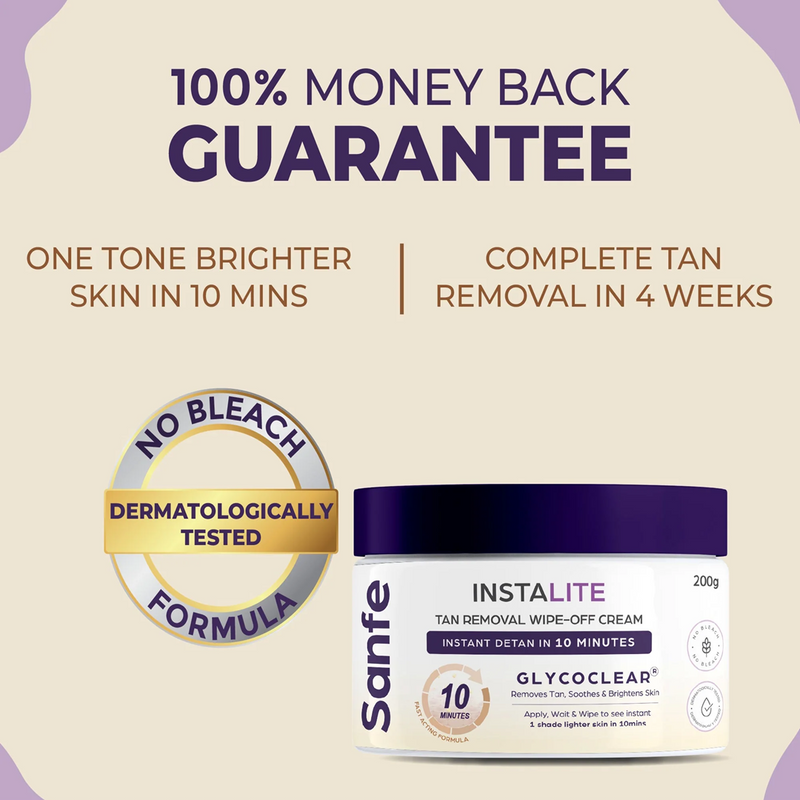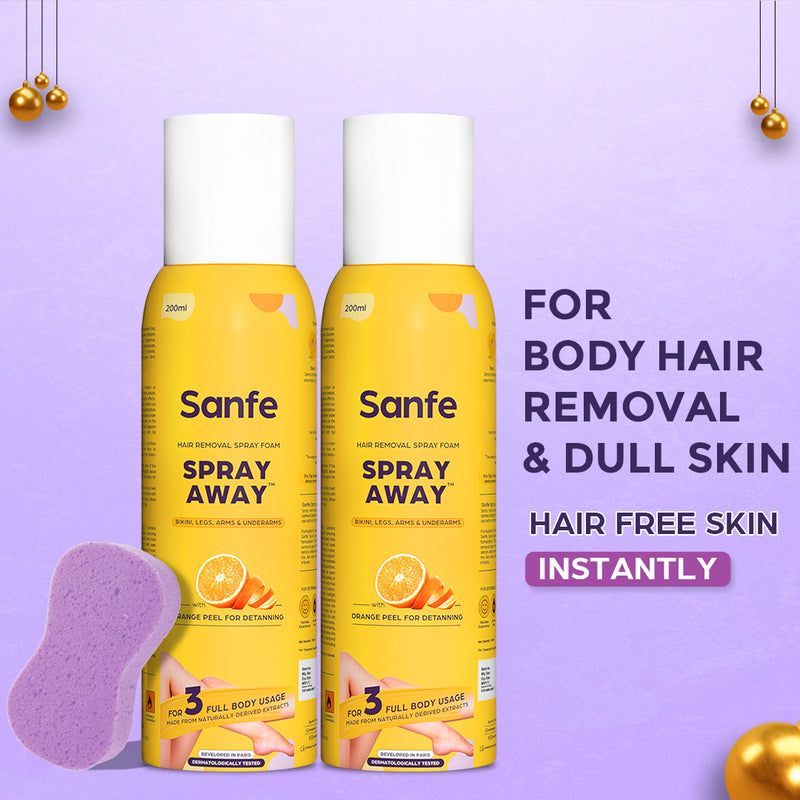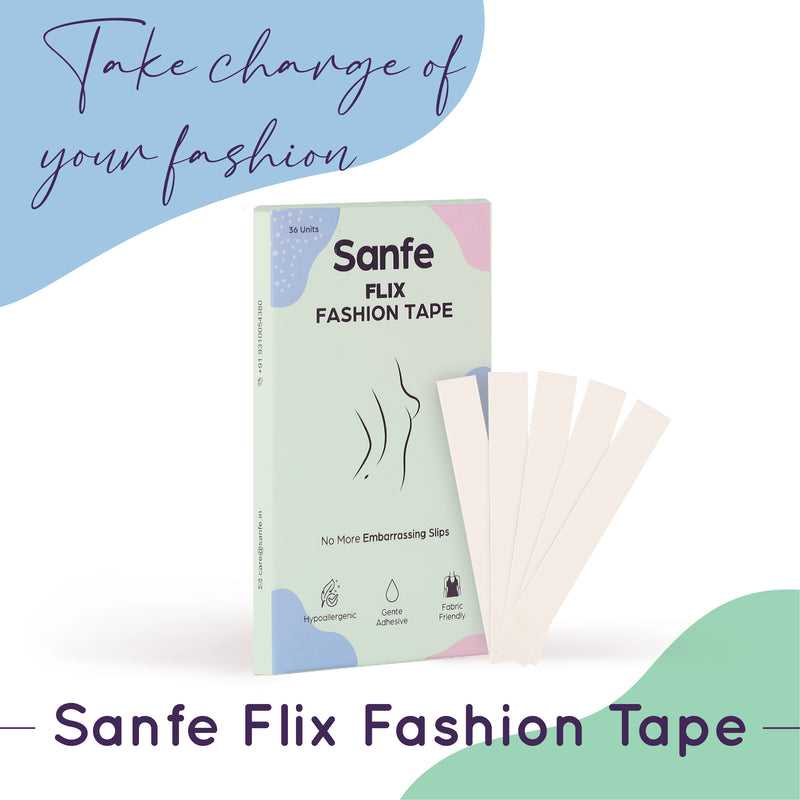The lack of sex-ed classes at school and home gives birth to a lot of misconceptions and doubts regarding the general hygiene of our intimate areas. With this blog, we aim to break a few myths and help resolve the common concerns of the area down there. Let us begin with the basics.
Our body down there
60% of women cannot distinguish between vulva and vagina. Over 72% are unaware of the fact that the urethral opening (for peeing) is different from the vaginal opening (for periods). So, here’s a small diagram to help you understand:

Vagina (internal) is the birth canal and Vulva (external) is the area around the vagina. Vulva includes the labia major and minora, urethral opening, clitoris, and the vaginal opening.
Keeping vulva and vagina happy
We understand that it could be challenging to unlearn what you’ve been taught or made to believe about the vaginas and vulvas. Still, try because they are both fine as they look, and you do not need products filled with harmful chemicals to make them appear prettier. All they need is a good, gentle cleanse. That too, only of vulva – not vagina.
However, if you do want the hyperpigmentation and sagginess to go away in that area, refer to this article.
Vagina is self-sufficient. She can clean herself!
Compared to the rest of the body, vagina is quite acidic and a natural home to good bacteria.
Just like we use a mop to clean the house, vagina secrets fluid to clean its walls. This fluid later comes out as vaginal discharge. The fact that you’re seeing vaginal discharge in your panties means that your internal cleaning is going on properly. However, if you don’t like that fluid bleaching your panties, you could try organic cotton panty liners.
When you snatch away vagina’s cleaning job, she gets mad.
The vaginal discharge is sometimes smelly. This often compels women to douche or use scented washes, soaps, herb-infused steam, detox pearls, etc. No matter what the product claims, remember that vagina doesn’t need anything to take care of herself.
Internal cleansing of vagina with products throws off the pH level and kills the good bacteria. In their absence, bad bacteria (bacterial vaginosis) and yeast start to grow leading to itching, cloudy discharge, smell, and swelling.

Meddling with her business can unleash vagina’s wrath in form of yeast infection, bacterial vaginosis, burns, scalding, and sometimes even eye irritation, nausea, and dizziness. So…. Leave. Her. Alone.
What you can wash is your vulva.
Vulva, the area around the vagina, is what needs your help with cleansing. It is also acidic and needs gentle cleansers with pH 3.5-5. When choosing a wash, read the label properly. If you find a mention of chemicals, colours, perfumes, or sulphates, do not buy that product. Make sure the ingredients are 100% natural and have some moisturising elements like lavender oil, tea tree oil, chamomile extracts, etc. Sanfe Intimate Wash is ideal in this respect.

The biology of acne
The skin has hair follicles and sweat & sebaceous glands. When sweat and sebum (and sometimes, bacteria too) get trapped inside the hair follicles (in the roots), they swell up. In a day or two, these congested follicles become acne (red bumps) and folliculitis (red bumps with pus).
Just like any other body part, this can happen to vulva too!
Main causes of acne-causing congestion
- Sweat & lack of ventilation: We just don’t air our intimates! Staying in wet bathing suits, workout clothes, or not cleaning and drying the vulva daily can lead to irritation and acne.
- Douching & chemicals: Chemical-based products break the skin’s natural protective barrier making it easy for bad bacteria to enter the skin layer and multiply.
- Hair removal: Waxing and frequent shaving abrases skin’s protective layer. This is followed by open pores, disrupted skin barrier and infections like folliculitis.
Those who are overweight, suffer from hormonal imbalances, sweat a lot, or have a sensitive skin, are more at risk to getting vulvar acne.
I have vulvar acne. Now what?
Step 1: Clean
Use an anti-bacterial, gentle and natural Intimate Wash to remove the infection.
Step 2: Treat
Apply an over-the-counter antibiotic, such as Bacitracin, to the infected area. Warm compressor and painkillers can also be taken for pain relief.
Must Avoid: Popping the pimple.
If the acne doesn’t go away in 3-4 days, then visit a venereal dermatologist, especially if you also have fever, chills, swelling, pelvic pain, abnormal bleeding, or discharge.
I don’t have acne, but vaginal swelling.
To say the least, vaginal swelling is quite unpleasant and could be due to reasons ranging from regular and rough intercourse to infections and ulcers.
The biology of swelling
Swelling is fluid retention under the skin.
In case of an infection, the white blood cells rush to the site of infection to kill the harmful elements. Superficially, this army of cells appears like a swollen, red area. The same happens in the case of vaginal swelling.

Vaginal/vulvar swelling that needs medical attention
Swelling that does not subside within a few hours or days, needs medical attention. It could be due to Vulvar Varicosities, cysts, abscess, ulcers from STIs and precancerous lesions.
Although you could apply a cooling pack to the swollen area, visiting a specialist is recommended for complete assessment of symptoms and treatment of its root cause.
Hygiene down there: Best practices
- Let it air and dry: Sweat and moisture retention are main causes of infections, it’s good to wear loose outfits and change out of tight ones as soon as possible.
- Diet: Have a diet rich in probiotics. This will keep the population of the good bacteria healthy in the vagina, gut, bladder and on skin, and avoid overgrowth of bad bacteria.
- Less shaving: Find gentler ways to remove hair down there. If you’re still going ahead with waxing or shaving, apply an after-shave lotion each time. It strengthens skin barriers and minimises inflammation.
- Natural cleansing: Use a mild cleanser in the vulvar region, during bath, before and after intercourse, and during periods.
- Ditch chemicals: Chemicals used to wash undergarments or create sanitary products can also give rise to intimate area issues. So, go for chemical-free sanitary pads, organic cotton tampons, and fragrance-free cleansers.





